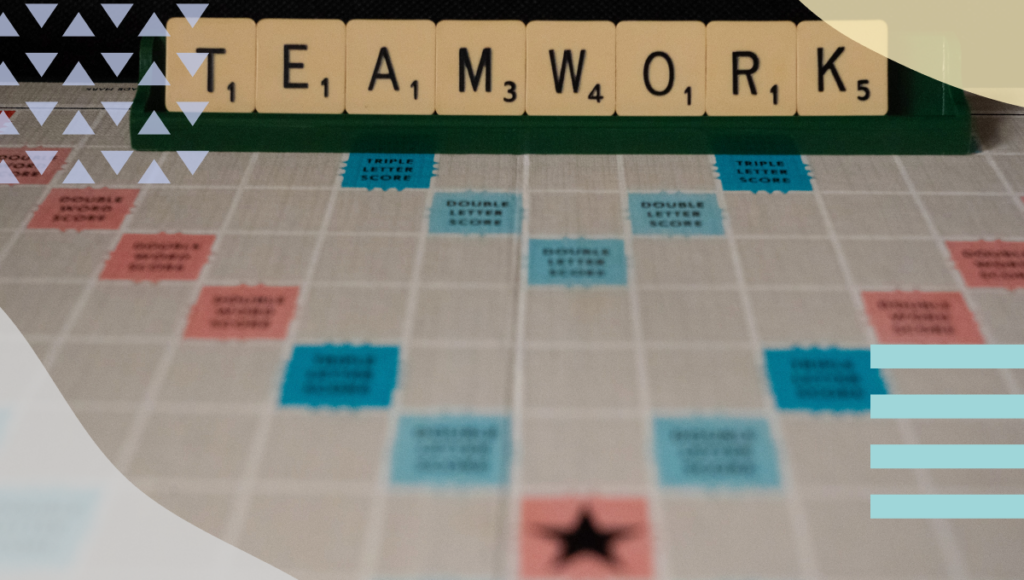The ability to adapt to changing environments is key to success at every level. Personally, I took on this challenge when I joined Stadium and took working remotely to the next level, into the future of work. Working remotely enables one to take ownership of projects by freeing one from rigid and obsolete workflows and replacing them with empowerment and trust.
I work in Operations for a vertical part of Stadium’s brand portfolio dealing with global partner vendors and remote teams spread across the world. The job is to make it all work, globally. It may be daunting to achieve this, but rest assured it is possible. I work between four time zones each on a different continent, but there are ways to turn this challenge into a methodology that works to deliver successful outcomes.
In my case, working from Pakistan with teams based in the USA, UK, Philippines, and India requires one to be on top of their game.

Effective asynchronous communication is the key to making operations run smoothly.
- The first step would be to carve out a common working hour window where you can have zoom meetings and chats in slack or other apps.
- Being part of weekly discussions or strategy meetings help in setting the objective and creating a task hierarchy
- Create a personal work schedule to block out time for dedicated workflows.
- Understanding what you can do on your own and what requires teamwork is key to managing your time efficiently.
With all the situational factors in place, communication is the most important aspect of keeping the team moving forward without any snags. In order to keep the momentum and be respectful of others’ time (a quick glance at a shared calendar is helpful) and workload, articulation of thought is the most important aspect that makes asynchronous communication work.
Aazam Ali
Your asynchronous communication must be clear. Start simple, think of how you’d explain the problem or what needs to be done to a 6-year-old.
- Once you’ve focused on the simplest explanation in the easiest words, start building upon your message and going deeper.
- Limit what you’re saying to what is relevant in the conversation you are having and the intended audience of your message; they might not be looking at what you are or have gone through the same steps you have to reach the conclusion.
You ideally want them to see what you see as the path for executing the strategy or plan, this requires two things: context and rationale. For example, why you think adopting an unconventional approach is the right fit for the particular situation would require clear communication of your understanding of the situation, your past experience, and outcome, why you think this will work, or why you think the other option might not work.
Effective communication (especially when asynchronous) depends on the reader’s ability to understand without needing references or other sources of information, to achieve this your communication must understand the situation (so everyone is seeing the same picture), express your stance or suggestion, and explain the reasoning that went into your decision (keep it simple). Answer questions that the reader might have after reading your message – this is the most important part of asynchronous communication.
- I prefer to articulate my message and send it in one body of well-planned text instead of multiple quick lines; these are often not coherent in terms of the full view.
- The easiest way to achieve this is to practice, read what you’ve written, and wait a bit before sending it out so that if you have any afterthoughts you can edit the message rather than a follow-up explanation, which would just confuse the reader.
Think of it this way, if you had one shot to say something how would you articulate it? Another reason why simplicity works best is, working globally you interact with team members that aren’t native English speakers and might not get the same message as you would when using slang, shorthand, or synonyms, this helps in saving you from repeating yourself and missing out on time because essentially you want others to be able to do what has to be done without you.
This isn’t the only way asynchronous communication can work-feedback is key.
- Follow up on communication effectiveness when you have calls with your team or external partners
- Ask them if there’s anything they have trouble with or if it’s not working for them
This is a great opportunity to build a relationship with people you work with so you better understand each other, the thought process, or where they’re coming from. In the long run, this will smoothen things out and build harmony. There is only improvement to be made in asynchronous communication, it is the future of work.
